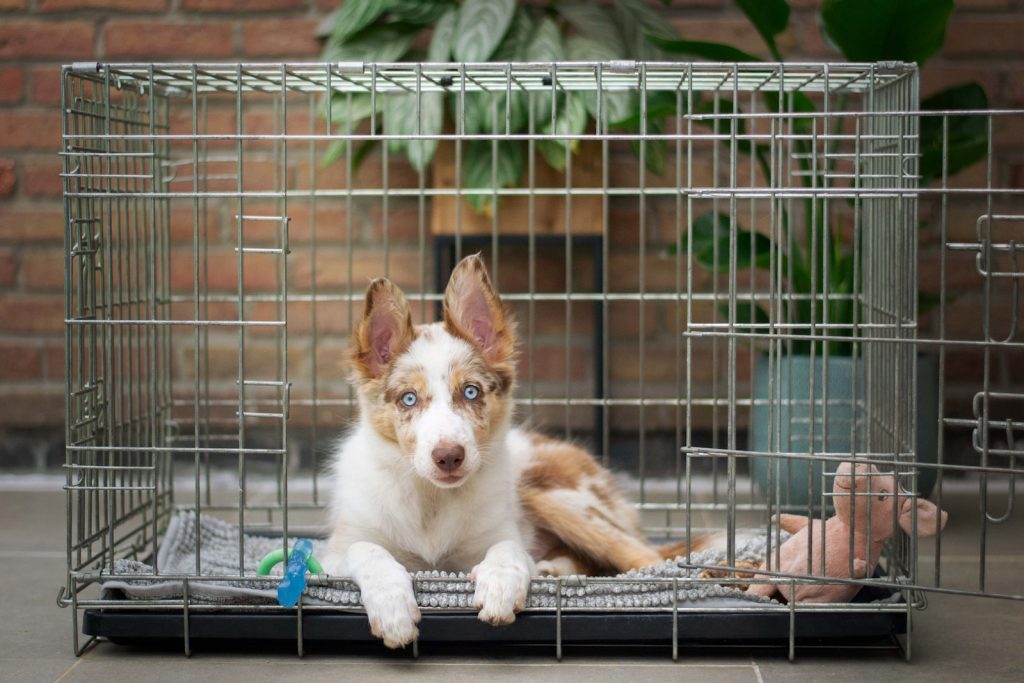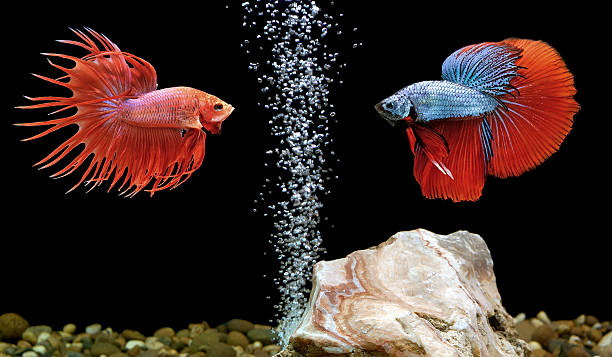Welcome to the world of crate training for your beloved pet. Whether you’re a new pet parent or seeking to improve your existing training techniques, this comprehensive guide will walk you through the process of offering crate training to your pet. Crate training is a valuable tool for ensuring your furry friend’s safety, comfort, and well-being. In this article, we will delve into the ins and outs of crate training, offering insights, expert tips, and answers to frequently asked questions.

Understanding the Basics of Crate Training
Crate training is an essential component of pet ownership. It provides a safe and secure space for your pet while aiding in housebreaking, preventing destructive behavior, and reducing anxiety. Let’s explore the fundamentals of offering crate training to your pet:
Benefits of Crate Training
Crate training offers a myriad of benefits for both pets and their owners:
- Safety and Security: Crates provide a safe haven, keeping your pet out of harm’s way.
- Housebreaking: It aids in housebreaking by encouraging your pet to hold their bladder.
- Behavioral Control: Crates deter destructive behavior, such as chewing and digging.
- Travel Convenience: Crate-trained pets are easier to transport and acclimate to new environments.

Offering Crate Training to Your Pet: Getting Started
Getting started with crate training involves several key steps:
- Choosing the Right Crate: Select a crate that is appropriately sized, comfortable, and well-ventilated.
- Introducing Your Pet: Gradually introduce your pet to the crate, associating it with positive experiences.
- Feeding Inside the Crate: Offer meals and treats inside the crate to create positive associations.
- Gradual Increase in Time: Extend the time your pet spends in the crate gradually.
The Art of Crate Training
Crate Training Techniques
Effective crate training techniques ensure a positive experience for your pet:
- Positive Reinforcement: Reward your pet with treats and praise when they enter the crate willingly.
- Routine and Consistency: Establish a consistent crate routine, including regular potty breaks.
- Comfort and Familiarity: Make the crate cozy with blankets and familiar toys.
Addressing Common Challenges
Crate training can present challenges, but with patience and understanding, you can overcome them:
- Whining and Barking: Address excessive vocalization by not responding and gradually increasing crate time.
- Escape Attempts: Prevent escape attempts by securing the crate and making it escape-proof.
- Fear and Anxiety: Gradually desensitize your pet to the crate, making it a positive and calming space.
FAQs
Q: How long should I leave my pet in the crate? A: The duration depends on your pet’s age and training progress. Start with short intervals and gradually increase crate time.
Q: Can crate training be used for all pet types? A: Yes, crate training is suitable for dogs, cats, and other pets, adapting the approach to the specific animal.
Q: Is crate training cruel? A: When done correctly, crate training is not cruel; it provides security and structure for your pet.
Q: What should I do if my pet refuses to enter the crate? A: Use positive reinforcement, gradually acclimating your pet to the crate with treats and praise.
Q: Should I leave toys in the crate? A: Yes, providing toys can keep your pet entertained and reduce boredom during crate time.
Q: Can crate training help with separation anxiety? A: Yes, crate training can alleviate separation anxiety by offering a secure space for your pet.
Offering Crate Training to Your Pet
Now that you’ve gained a comprehensive understanding of crate training, it’s time to embark on this rewarding journey. Offering crate training to your pet is a commitment to their well-being and happiness. Remember to approach it with patience, consistency, and love.
Conclusion
Crate training is a valuable tool for pet owners, promoting safety, well-being, and good behavior. With the insights provided in this guide, you are well-equipped to offer crate training to your pet successfully. Remember that every pet is unique, and adapting these techniques to their specific needs is key. Building a positive association with the crate will lead to a happier, more well-adjusted furry companion.






